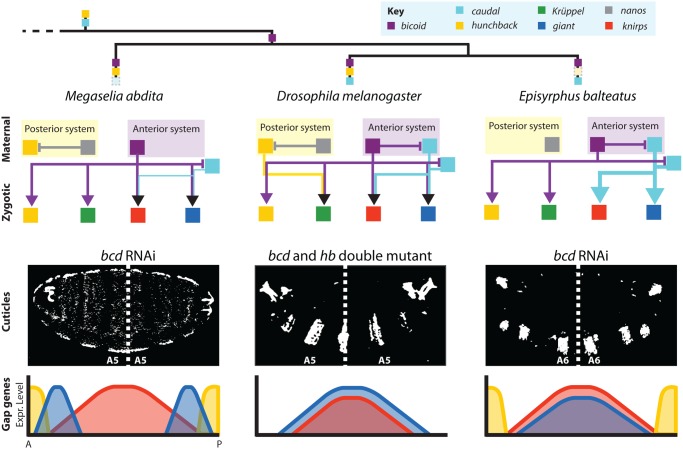Fig 9. Summary of maternal gene regulatory networks and gap gene expression in embryos with bicaudal phenotypes.
Top: phylogeny of species discussed in this paper indicating ancestral maternal factors (cad and hb), the origin of bcd, and the loss of maternal factors in different lineages (faded dashed boxes). Middle: schematic graphs showing gene regulatory networks implementing maternal contributions to gap gene activation. Translational and/or transcriptional cross-repression among maternal genes represented by T-bars, activating inputs to gap genes shown by arrows. Cross-regulation between gap genes has been analysed previously [48] and is omitted for clarity. Bottom: double-abdomen cuticles (upper row) and corresponding gap gene expression patterns (bottom row) are shown for M. abdita and E. balteatus embryos treated with bcd RNAi, as well as bcd/hb double mutants in D. melanogaster. Dashed lines indicate the plane of symmetry. D. melanogaster and E. balteatus cuticle images adapted from [24,38].

